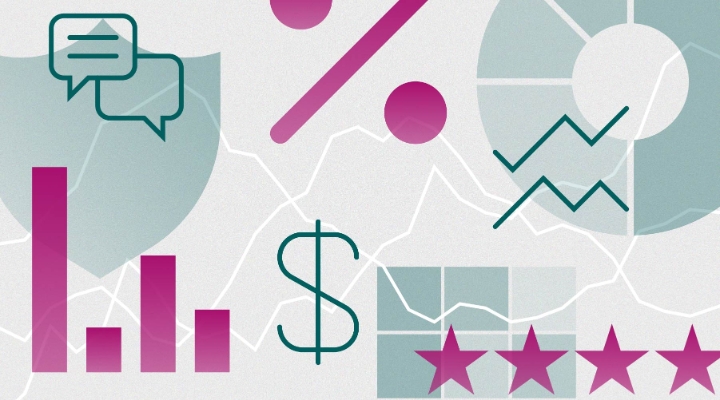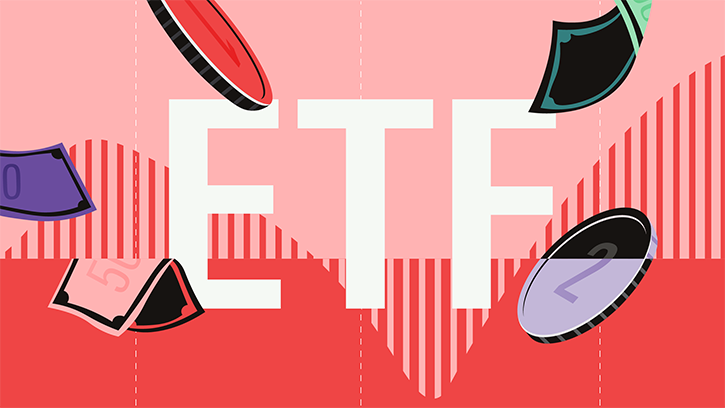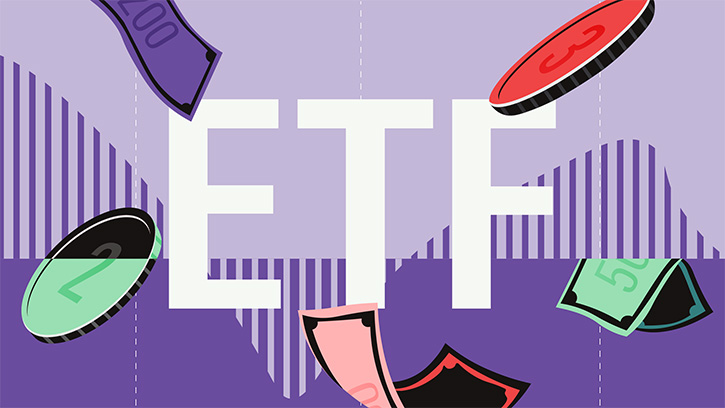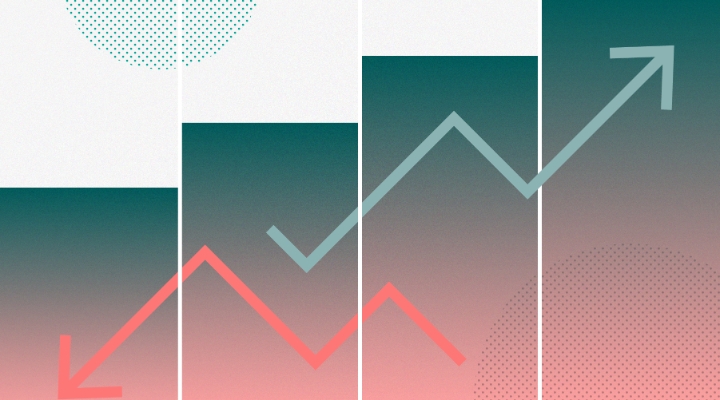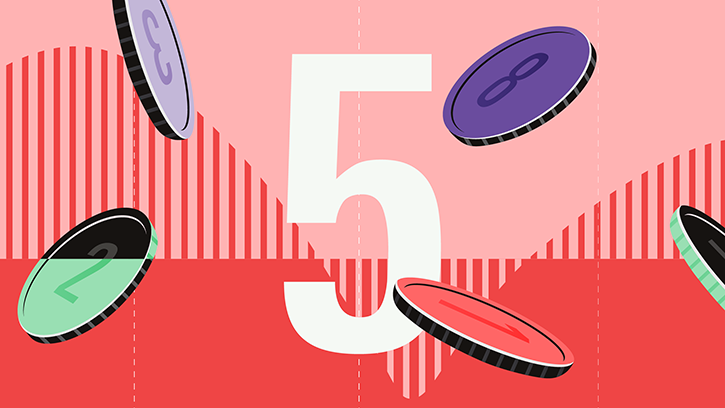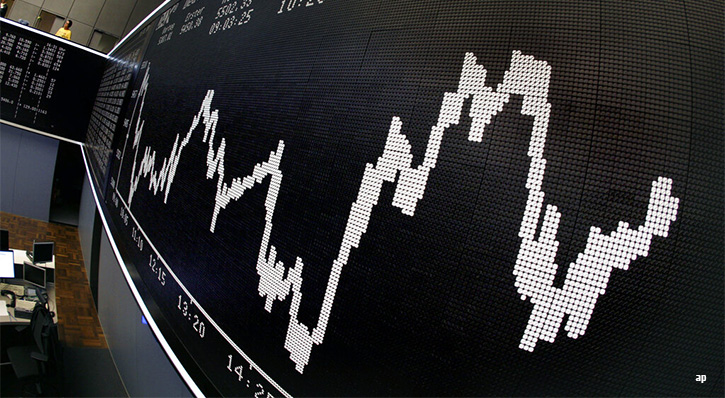
We all want the funds we invest in to continue to outperform, and it would be nice if that happened year after year. Sadly, markets usually have different ideas, and, month after month, the best performers tend to change. For example, the best performing funds of 2023 were largely technology funds, while 2022 was the year of energy stocks.
In this article, we take a look at the funds that have fallen from grace having originally been the best performers in their respective Morningstar categories in 2022.
How do we identify these funds? They need to be domiciled in the UK and hold at least £150 million in assets. Performance-wise, they must have finished 2023 lower than their peers, having outperformed them in 2022.
The rankings are decided based on which percentile the fund finished 2022 and 2023 in – i.e., the placing of a particular fund in relation to its peers. The ranking stretches from 1 for the best performer to 100 for the lowest (irrespective of the number of funds in the Morningstar category).
The five funds featured in this article were all in the top 4% in 2022 (in the fifth percentile or lower), while ending 2023 in the bottom 4% (also known as the 96th percentile or higher). Three of them are Morningstar Medalists.
Which Funds Fell From Grace?
At the 2023 half-year mark, we took stock of which funds had so far tumbled. The list then included 11 funds. Most of these funds have managed escape the bottom, but two strategies have remained there: Neutral-rated M&G UK Income Distribution and Silver-rated UBS MSCI World Minimum Volatility Index. In addition, three more funds have since joined them.
Three strategies feature in allocation categories with various blends: 20-40% equity, 60-80% equity, and flexible allocation. The other two both invest in equities, but one is an active fund and the other a passive strategy.
WS Ruffer Absolute Return, which is Bronze-rated, is the largest fund in our list. It holds about £2.7 billion worth of assets. In 2022 it grew 6.6% and was in the top 3% performers within the GBP Flexible Allocation category. However, losing 6.5% the following year meant it was in the worst 99% in 2023.
Also notable in this list is Bronze-rated BNY Mellon Investment Funds - Newton Multi-Asset Diversified Return. It is the only fund that's fallen from best to worst while also going from a negative to a positive return from 2022 to 2023. In the former year, losing only 1.4% meant it was it was in the best 2% within the GBP Allocation 20-40% Equity category. However, funds in the rest of the category seem to have redeemed themselves in 2023: about 97% of them had a better return than BNY Mellon's 2.8%.
Should I Buy or Sell a Hero-to-Zero Fund?
If you're a contrarian, using this list could help you find potential "dog" funds to invest in. Meanwhile, at the other end of the spectrum, it can highlight the need to be selective when choosing a fund manager, and the importance of monitoring whether your investments are delivering value for money. No one wants to hold an underperforming fund.
This does not necessarily mean you should sell if you hold any of these funds either. As Bestinvest writes in its biannual Spot the Dog report: "deciding whether to stay invested or switch is all about assessing its future prospects and whether you might be able to do better elsewhere".
After all, short-term periods of weakness from bad luck or value rotations can be forgiven, but other factors like management changes, funds becoming too big, or major divergences from previously-successful approaches could be cause for concern.
This is where long-term performance comes in, and it's why the Morningstar Medalist Rating, which looks at everything from the manager and company to performance, methods, and fees, can help. It is our full expression and forward-looking view on all rated strategies.
The rating reinforces a consistent, long-term investment process and is a resource that gives investors, fund selectors and advisers the resources to analyse the quality of funds.
Moreover, to be eligible for a Gold, Silver or Bronze rating, Morningstar expects funds to have a "high likelihood of generating positive alpha after fees".







